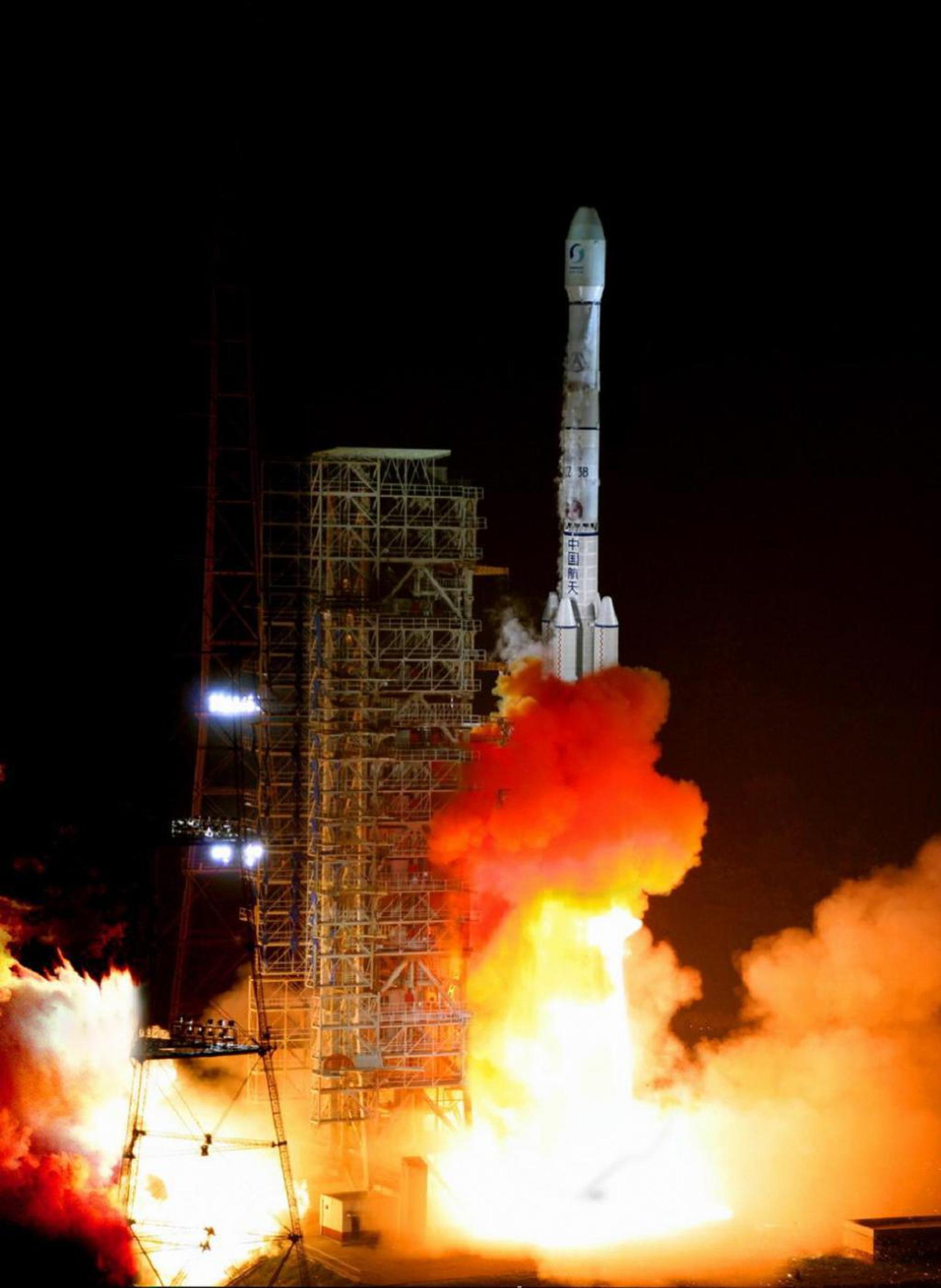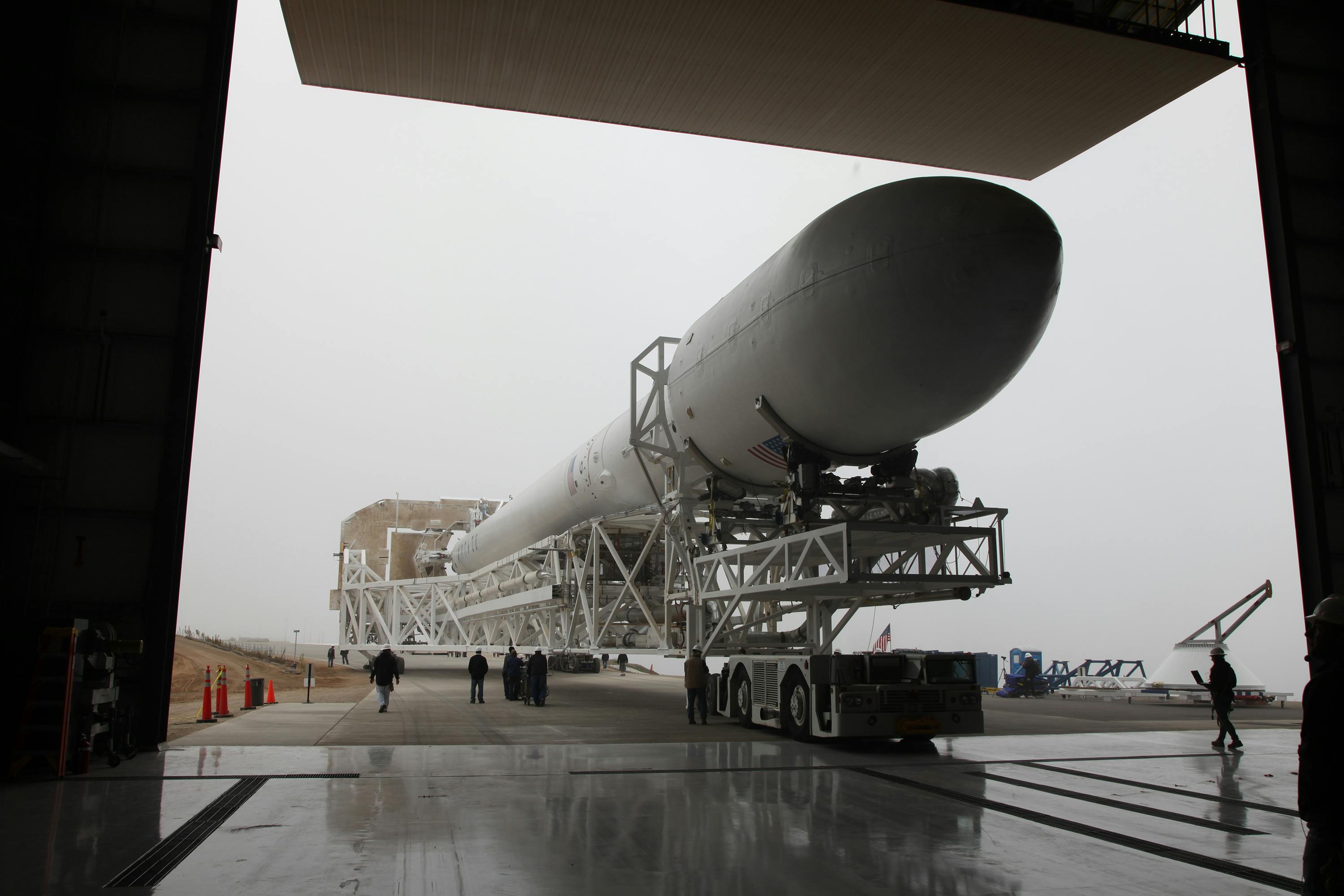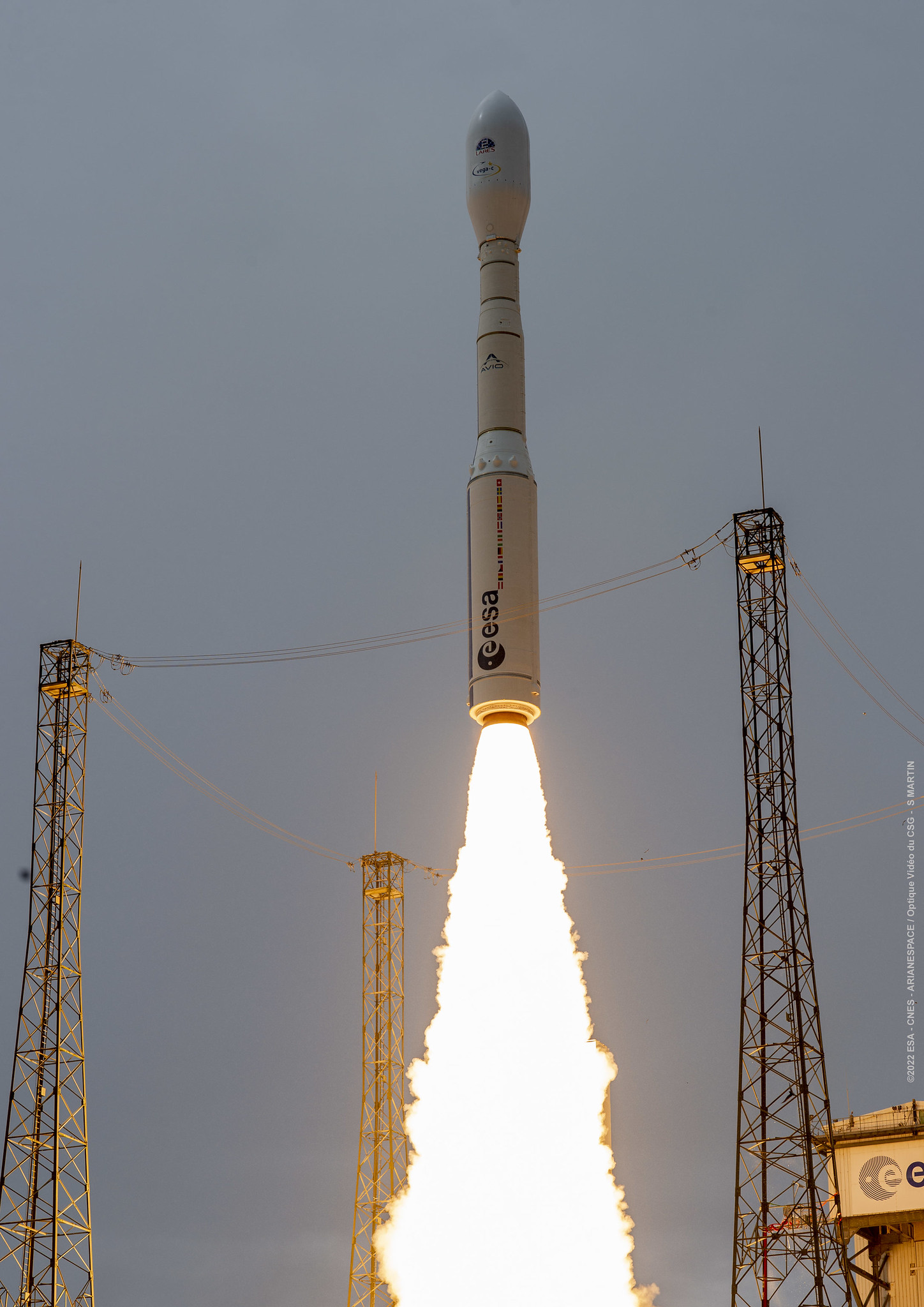· space brief · 6 min read
Space Brief 19 May 2025
Today's space brief covers new ultraviolet data from the Europa Clipper, challenges in managing space debris, quantum advances in satellite technology, as well as a failed Indian satellite launch and more.

📄Top Stories
The Southwest Research Institute has begun analyzing new ultraviolet data from NASA’s Europa Clipper, marking a milestone in the mission’s progress. Meanwhile, concerns grow over the amount of space debris currently orbiting Earth, comprising two-thirds of all tracked space objects. Capella Space takes a leap toward quantum satellite solutions under new ownership by IonQ. In the world of satellite launches, India’s launch of a radar imaging satellite faced a setback due to third-stage malfunctions.
📰Detailed Coverage
Tackling Space Debris: A Growing Concern
Recent reports indicate that approximately 35,000 human-made objects are orbiting Earth, with only about a third serving as active payloads such as scientific instruments and communication satellites. The rest, over 23,000, comprise defunct satellites and remnants from countless collisions and explosions, posing risks to both existing satellites and future launches.
Efforts to mitigate space debris include developing technologies for debris removal and creating guidelines for satellite operations to minimize future clutter. Our web app offers real-time satellite tracking, helping users monitor and navigate the crowded skies safely.
Read the full story: Space Daily
Ultraviolet Insights from Europa Clipper’s Journey
The Europa Clipper, launched on October 14, 2024, has successfully completed its initial commissioning phase, gathering ultraviolet data with the Ultraviolet Spectrograph (UVS) instrument developed by the Southwest Research Institute. As the spacecraft heads toward Jupiter’s icy moon Europa, the UVS data will help unravel mysteries about the moon’s potential subsurface ocean and its habitability.
This first set of ultraviolet data lays the groundwork for more comprehensive studies as the Clipper draws closer to its 2030 Jovian system arrival. The scientific community is eagerly anticipating further insights into Europa’s atmospheric composition and potential biological signatures.
Read the full story: Space Daily
Capella Space and the Rise of Quantum Satellite Technology
Capella Space, now under the ownership of IonQ, is advancing towards integrating quantum technology with its satellite operations. This move is part of IonQ’s ambition to establish the first space-based quantum key distribution network, which could revolutionize secure communications and data management in the space industry.
The transition to quantum satellite systems promises to enhance data encryption and transmission, paving the way for groundbreaking applications in defense and beyond. IonQ’s strategic acquisition reflects the growing intersection of quantum computing and space technology, setting the stage for a new era in satellite infrastructure.
Read the full story: Space News
Challenges in Indian Satellite Launch
The recent PSLV launch carrying an Indian radar imaging satellite ended unsuccessfully when an issue with the vehicle’s third stage prevented the satellite from achieving orbit. This failure underlines the complexities and risks associated with satellite launches, impacting both scientific research and commercial satellite deployment.
As the Indian space agency investigates the anomaly, this incident highlights the critical need for robust launch systems and contingency planning in space missions, key factors users can examine through our satellite tracking functionalities.
Read the full story: Space News
NGA’s New St. Louis Campus for Geospatial Innovation
The National Geospatial-Intelligence Agency (NGA) is set to open a new campus in St. Louis, designed to foster collaboration between public and private sectors in geospatial technologies. This $1.7 billion investment will become a hub for innovation, enhancing capabilities in satellite imagery analysis and data-driven decision-making.
Slated for completion by September, the facility aims to be a cornerstone in the geospatial domain, reflecting the growing importance of geographical intelligence in national security and commercial sectors.
Read the full story: Space News
🛰️Satellite Spotlight
- Satellite Name: COSMOS 2063
- NORAD ID: 20536
- Launch Date: March 27, 1990
- Mission: Early warning for missile detection, part of Russia’s Oko satellite system.
- Orbit: Low Earth Orbit (LEO)
- Operator: PVO (Air Defence Forces of the USSR)
- Fun Fact: COSMOS 2063 is equipped with two deployable solar arrays that generate power, ensuring operational longevity in its early warning mission.
Track this satellite in real-time on our web app: Track COSMOS 2063
🌌Space Weather
Current space weather shows Enhanced solar wind (534 km/s).
R0 - S0 - G0
Next 24 Hours: Throughout the next day, satellite operators can expect moderate geomagnetic activity and minor geomagnetic storms. This may lead to some fluctuations in satellite orbits, increasing drag on Low Earth Orbit (LEO) satellites and potentially disrupting precision tasks. However, no risk of radio blackouts or solar radiation storms means that operations can continue with little concern. Users of satellite communication systems should remain vigilant, as there is a slight chance of R1-R2 (Minor-Moderate) radio blackouts from May 19-21.
Beyond: Looking ahead to the period from May 19 to June 14, 2025, solar activity is expected to remain generally low, albeit with possible R1-R2 (Minor-Moderate) events. Operators should note that while no proton events are anticipated at geosynchronous orbit, the greater than 2 MeV electron flux is likely to rise to high levels during specific windows: May 19-23, May 29 – June 5, and June 14. This could affect satellite electronics and increase drag on LEO satellites. Geomagnetic conditions are set to remain elevated due to recurrent coronal holes, with G2 (moderate) conditions possible on May 29 and June 13, and several days of G1 (minor) activity predicted. Active and unsettled conditions will also occur intermittently, making monitoring vital for those relying on satellite navigation and communication. Expect a return to quieter conditions towards the end of the outlook.
🚀Upcoming Space Launches
May 20
-
SpaceX Falcon 9:
- Starlink Group 12-15 from Cape Canaveral SFS, FL, USA (03:40 UTC)
- A batch of satellites for the Starlink mega-constellation, SpaceX’s project for space-based Internet communication system.
-
China Aerospace Science and Technology Corporation Long March 7A:
- Unknown Payload from Wenchang Space Launch Site, People’s Republic of China (11:42 UTC)
- Details TBD.
May 21
-
CAS Space Kinetica 1:
- Unknown Payload from Jiuquan Satellite Launch Center, People’s Republic of China (03:54 UTC)
- Details TBD.
-
SpaceX Falcon 9:
- Starlink Group 11-16 from Vandenberg SFB, CA, USA (21:20 UTC)
- A batch of satellites for the Starlink mega-constellation, SpaceX’s project for space-based Internet communication system.
May 23
- Russian Space Forces Soyuz 2.1a/Fregat-M:
- Kosmos (Unknown Payload) from Plesetsk Cosmodrome, Russian Federation (07:00 UTC)
- Unknown classified payload for the Russian military.
May 24
-
SpaceX Falcon 9:
- Starlink Group 17-1 from Vandenberg SFB, CA, USA (16:14 UTC)
- A batch of satellites for the Starlink mega-constellation, SpaceX’s project for space-based Internet communication system.
-
SpaceX Falcon 9:
- Starlink Group 12-22 from Cape Canaveral SFS, FL, USA (17:19 UTC)
- A batch of satellites for the Starlink mega-constellation, SpaceX’s project for space-based Internet communication system.
May 27
- SpaceX Starship:
- Flight 9 from SpaceX Starbase, TX, USA (23:30 UTC)
- 9th test flight of the two-stage Starship launch vehicle.
May 28
- China Aerospace Science and Technology Corporation Long March 3B/E:
- Tianwen-2 from Xichang Satellite Launch Center, People’s Republic of China (00:00 UTC)
- Tianwen-2 is a planned Chinese asteroid sample return and comet orbiter mission. The spacecraft will visit the Near Earth asteroid 469219 Kamoʻoalewa, collecting samples, and later proceed to visit comet 311P/PANSTARRS in the mid-2030s.
Note: Launch dates and times are subject to change due to technical or weather considerations.

Maurice Stellarski





